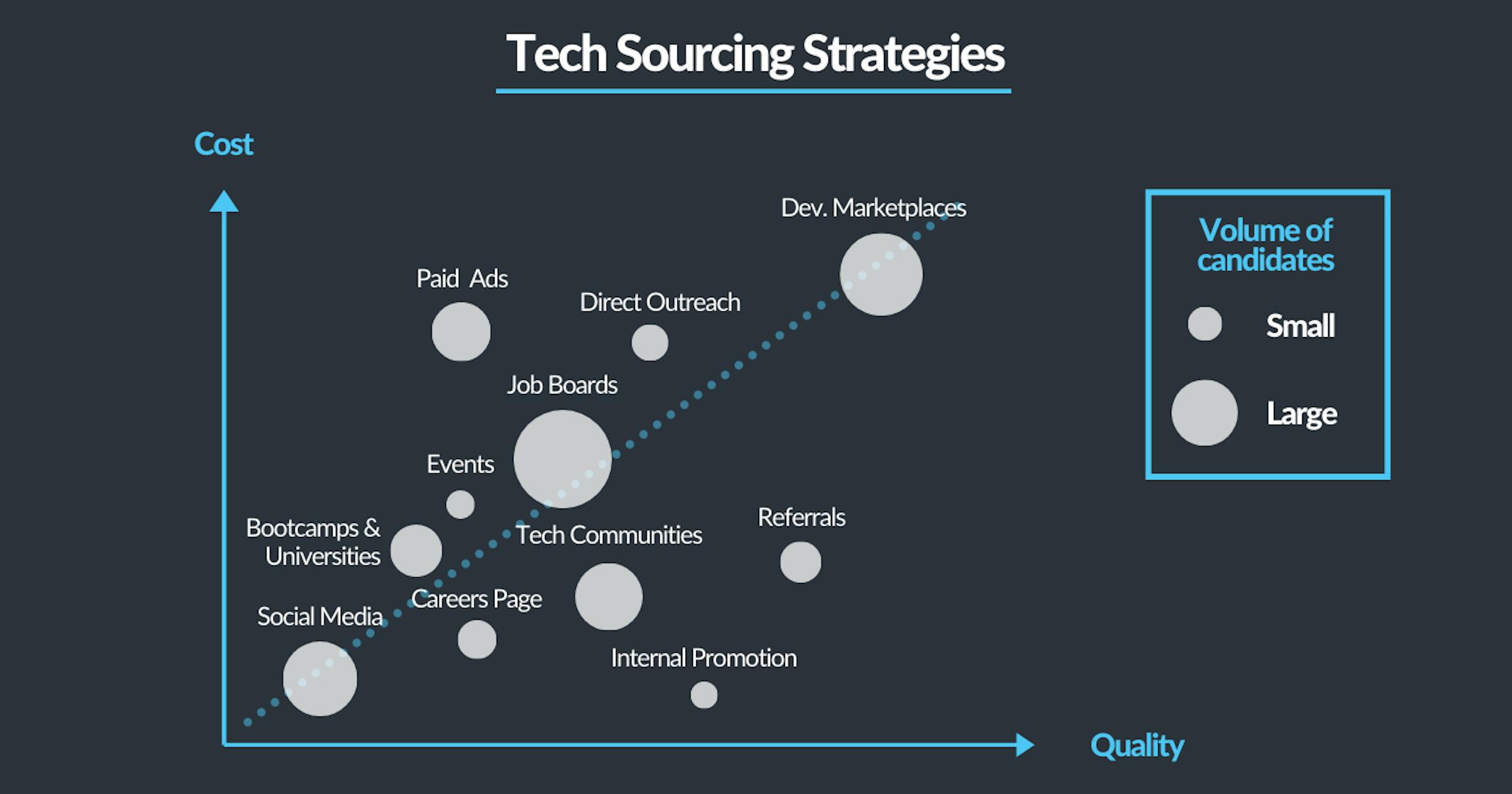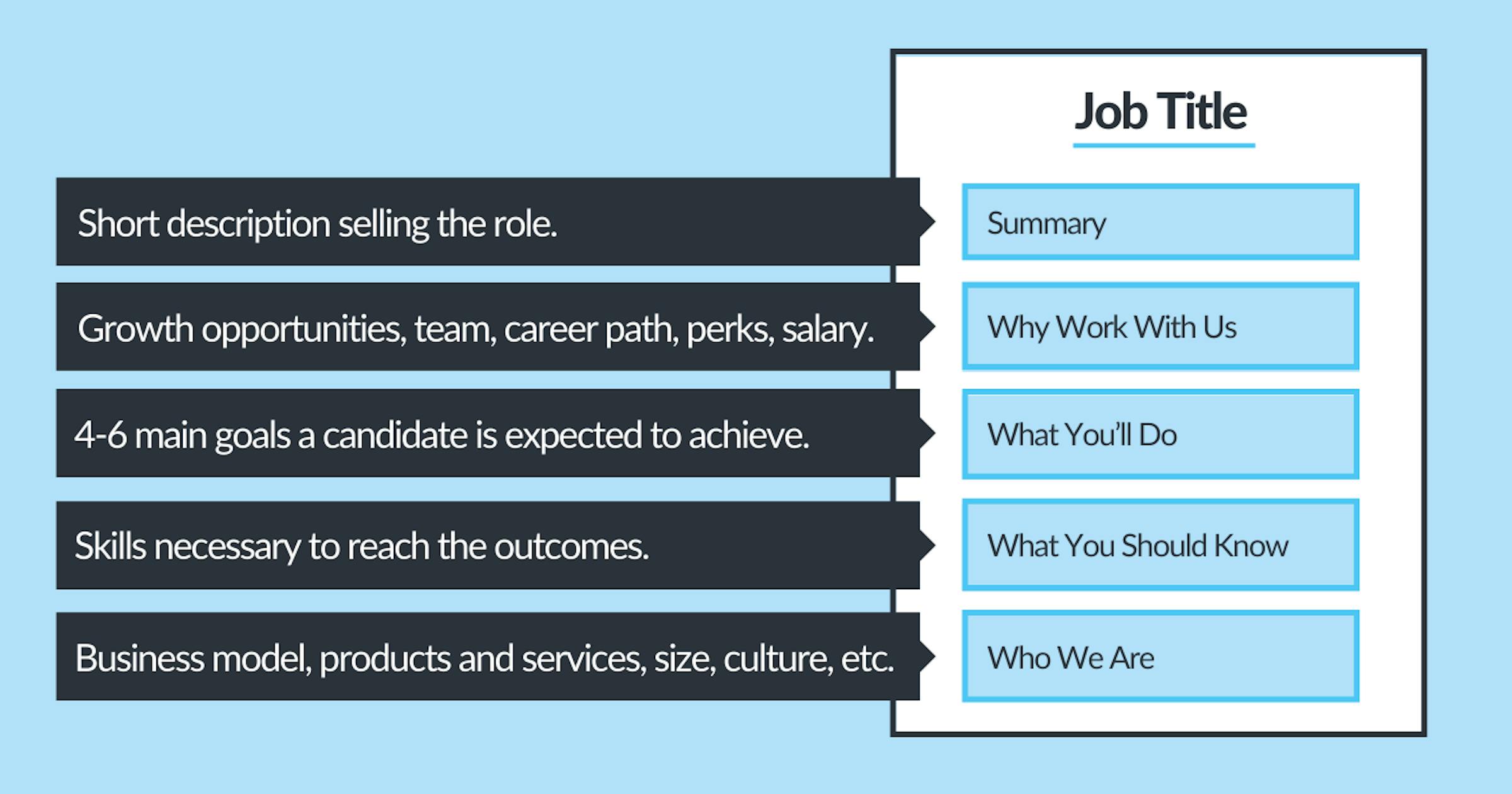As the discussion around Workable vs Greenhouse continues, we wanted to share our perspective.
Most HR teams prioritize three essential aspects when selecting an ATS:
- Effective candidate sourcing.
- Smooth applicant tracking.
- Comprehensive reporting and analytics.
When hiring developers, an ATS needs to help identify top talent while reducing manual tasks.
At Remote Crew, we understand that the right ATS plays a key role in building strong engineering teams.
Are you...
- Struggling to organize your hiring pipeline?
- Finding it difficult to source qualified developers?
- Lacking the data insights needed to refine your hiring process?
If any of these sound familiar, you’re not alone. Many companies find themselves debating which ATS to choose.
This article is for you if you are a...
- Recruiter seeking a more efficient hiring process.
- Engineering manager expanding your development team.
- Business leader streamlining hiring workflows.
Table Of Contents:
- Workable vs Greenhouse: Key Features Compared
- Candidate Sourcing Features
- Applicant Tracking Features
- Interviewer Experience
- Reporting
- Integrations
- Pricing
- Workable vs Greenhouse: The Final Verdict
Workable vs Greenhouse: Key Features Compared
Before diving into the details, here’s a side-by-side breakdown:
Feature Category | Workable | Greenhouse |
Candidate Sourcing | AI-powered job posting, LinkedIn sourcing | Job board integrations, LinkedIn tools |
Applicant Tracking | Simple workflow, limited automation | Custom dashboards, workflow automations |
Interviewer Experience | Limited feedback tools | Editable feedback, markdown support |
Reporting | Standard visualizations, unreliable source tracking | Advanced reporting, BI-style insights |
Integrations | Basic HR tools, Slack, assessment platforms | Extensive API, LinkedIn integrations |
Pricing | Starts at $129/month per job | Starts at $9,500/year |
Candidate Sourcing Features
Workable
Workable provides AI-driven job posting capabilities and supports LinkedIn sourcing.
However, it lacks seamless integration with LinkedIn and other sourcing tools, requiring manual effort for certain recruitment tasks.
Greenhouse
Greenhouse offers robust job board integrations and LinkedIn sourcing features.
Unlike Workable, it provides advanced tracking for sourcing effectiveness and streamlines outreach efforts.
Winner: Greenhouse for its deep job board and LinkedIn integrations.
Applicant Tracking Features
Workable
Workable offers a simple, easy-to-use pipeline but lacks advanced automation.
The inability to set up complex workflows may hinder scaling efforts for larger teams.
Greenhouse
Greenhouse provides extensive workflow automation, customizable dashboards, and advanced role management.
Teams can create structured hiring processes that scale with company growth.
Winner: Greenhouse for superior tracking and automation.
Interviewer Experience
Workable
Workable includes structured hiring templates but offers limited customization for feedback. Interviewer collaboration tools are not as refined as Greenhouse.
Greenhouse
Greenhouse enhances the experience with customizable feedback forms, markdown formatting, and private notes for sensitive compensation discussions.
Winner: Greenhouse for flexible feedback tools and collaboration features.
Reporting
Workable
Workable provides standard visualizations and pre-built reports, but users have reported issues with data accuracy, especially regarding candidate sources and hiring performance.
Greenhouse
Greenhouse takes reporting to the next level with business intelligence-level analytics, passthrough rate tracking, and hiring performance insights.
Recruiters get deeper visibility into hiring metrics.
Winner: Greenhouse for its detailed and customizable reporting capabilities.
Integrations
Workable
Workable integrates with Slack and some assessment platforms but lacks seamless sourcing from LinkedIn.
The API is limited, making custom integrations more challenging.
Greenhouse
Greenhouse has a vast integration network, including LinkedIn, Deel, and technical assessment tools.
Its extensive API and webhook support make it a better option for companies that require full tech stack alignment.
Winner: Greenhouse for its broader integration ecosystem.
Pricing
Workable
Workable starts at $129 per month per job, making it a cost-effective choice for smaller teams. However, the lack of advanced automation and reporting may require additional tools.
Greenhouse
Greenhouse pricing starts at $9,500 per year. While more expensive, it includes deeper analytics, automation, and integrations that can drive long-term hiring efficiency.
Winner: Workable for affordability, but Greenhouse offers better long-term value.
Workable vs Greenhouse: The Final Verdict
You now have a clearer picture of how these two ATS platforms compare.
- Choose Workable if you need a cost-effective, simple ATS with basic hiring features.
- Go with Greenhouse if you require extensive customization, automation, and in-depth analytics.
- Both options cater to different company sizes and hiring complexities.
The right ATS depends on your hiring volume, budget, and need for automation. If you're unsure which system will optimize your developer hiring process, we can help.
Contact Remote Crew today to find the ATS that best fits your developer recruitment strategy. We’ll help you select, implement, and optimize the right solution for your team.
Tech hiring insights in your inbox
From engineers to engineers: helping founders and engineering leaders hire technical talent.
We will only ever send you relevant content. Unsubscribe anytime.







